Halloween night in New York City, 1981: a photographer and his young girlfriend are fatally shot, execution-style, in their Chelsea apartment. There is no forced entry, there are no obvious suspects and there is no clear motive.
For more than four decades, the chilling double-murder of lovebirds Ronald Sisman, 39, and Elizabeth Platzman, 20, has remained a mystery. Any leads in the case have long since turned ice cold.
Still, the case remains open, haunted by rumors of cult involvement, a never-recovered murder weapon, and a claimed connection to the infamous “Son of Sam” serial killings.
Now, with the help of a retired NYPD cold-case unit sergeant, The Independent reviews the Sisman-Platzman slayings — and learns what could crack the case wide open.
A Halloween horror show
While New York’s streets were filled with trick-or-treaters celebrating Halloween on Oct. 31, 1981, police were called around 7:50 p.m. to a grisly scene inside an apartment building at 205–207 W. 22nd St. in Manhattan’s Chelsea neighborhood.
Inside, officers discovered Sisman and Platzman’s bloodied bodies. The couple had been brutally beaten and each was shot in the back of the head execution style.
Sisman was an up-and-coming photographer who operated two photography businesses out of his Chelsea apartment. His nearly 20 years-younger girlfriend, Platzman, of Roslyn, in Long Island, was a student at Smith College in Massachusetts who was visiting for the weekend. Platzman had met the photographer the previous summer through a relative, The New York Times reported at the time.
The apartment had been ransacked and furniture torn apart, as if someone had been looking for something, the New York Times reported. The couple’s IDs had been stolen and a .25-caliber handgun registered to Sisman was missing. There was no sign of forced entry.
The attack looked deliberate, as if someone knew exactly where to go and what to take, retired NYPD Sergeant Joseph L. Giacalone, a former commanding officer of the Bronx Cold Case Squad tells The Independent.
“Let’s put it this way – whoever wished to harm them knew exactly what he did and knew it was going to be easy to gain access,” Giacalone said. “Because he’s a photographer, he has people coming in all day long – probably paying people for photos and headshots and everything else that goes along with it back in the day.”
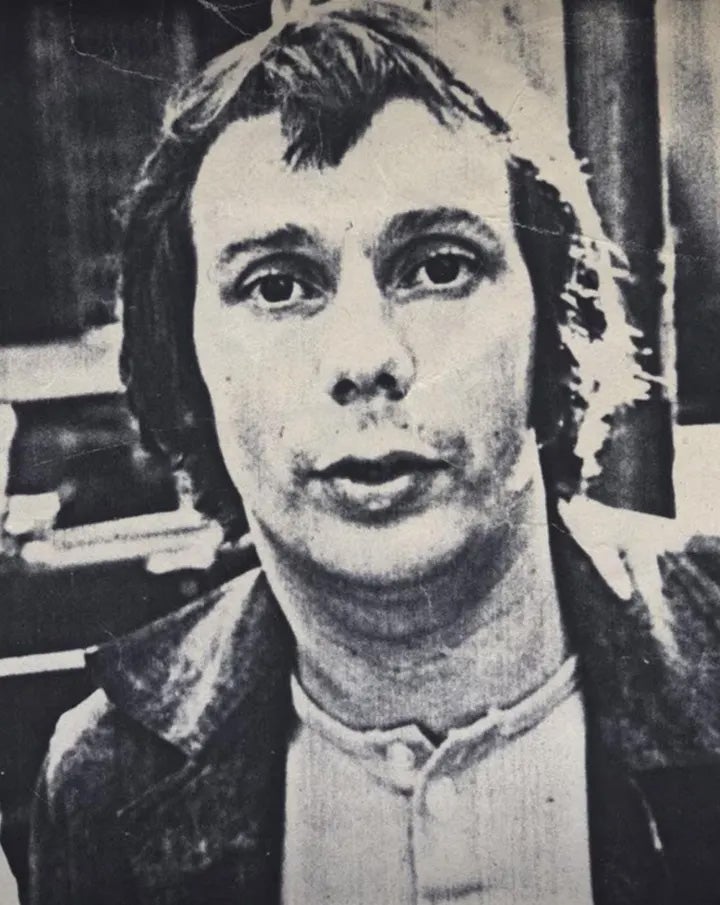
Giacalone said it was the execution-style bullet to the back of the head apiece that was strange to him. “Who kills like that?” the retired officer asked.
Answering his own question, he continued: “The short list — organized crime or drug dealers. Rarely do you see execution-style homicides in people who just have disputes.”
Days before the murders, Sisman had applied for two gun permits, telling friends he thought his apartment had been burglarized. During the murder investigation and search of the apartment, a small amount of cocaine was found, leading detectives to suspect a drug-related robbery.
But no evidence ever confirmed this theory. Despite exhaustive police work early in the investigation, no one was ever arrested. And soon, wilder theories took hold.
Before his death, Sisman’s name had already appeared in tabloids. In 1980, actress Melonie Haller had claimed she overdosed at his apartment after he injected her with drugs. But her story was later contradicted by her own mother, the New York Times reported.
A month before the incident, Haller had allegedly been sexually assaulted by Long Island film producer Roy Radin, who she met through Sisman. She claimed to have been beaten and raped during a party at Radin’s home in the Hamptons; Radin said she had consented.
Radin himself would be murdered two years later in the infamous “Cotton Club” case. In 1983, he traveled to Los Angeles to meet with Hollywood producer Karen Greenberger, who also went by Lanie Jacobs, about financing the Rober Evans produced and Francis Ford Coppola directed movie The Cotton Club. But there was allegedly a dispute over potential profit splits from the film and Greenberger hired a hitman to kill Radin the same year.
After being missing for a month, Radin’s body was discovered in a dry creek bed. Like Sisman and Platzman, he had been shot in the back of the head. A stick of dynamite had been jammed into his mouth and set off.
A year later, Greenberger married her seventh husband, Larry Greenberger, who was second in command to Carlos Lehder of the Medellin Cartel, according to the Los Angeles Times. In 1992, Karen Greenberger was convicted of kidnaping and second-degree murder in Radin’s death and was sentenced to life in prison without the possibility of parole at the age of 43.
Journalist Maury Terry, in his 1987 book on convicted Son of Sam serial killer David Berkowitz, The Ultimate Evil, postulated that the two cases were linked, with Sisman and Radin being part of an underground drug-trafficking ring and a suspected cult.
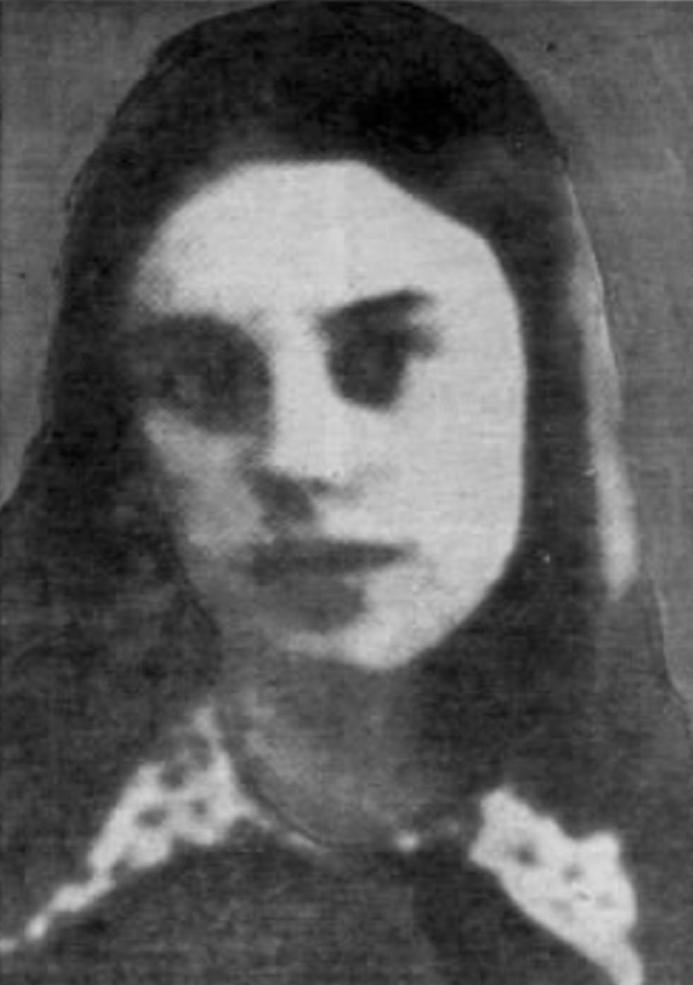
The ‘Son of Sam’ and the satanic cult theory
The most infamous theory linked to the Chelsea murders emerged when a prison informant claimed Berkowitz, who’d terrorized New York a few summers earlier, had predicted the Sisman-Platzman murders just weeks before they happened.
Between July 1976 and August 1977, Berkowitz, a postal worker from Yonkers, went on a shooting spree that terrorized New Yorkers. He prowled working-class neighborhoods in the Bronx, Queens, and Brooklyn, targeting women with long hair, many of whom were shot as they sat in parked cars with their boyfriends.
He was finally arrested in August 1977 after killing six people. Berkowitz confessed to the killings and claimed he was obeying a demon who spoke to him through his neighbor’s dog.
Terry, who corresponded with Berkowitz during his time at Attica Correctional Facility, said he received a letter from the Son of Sam killer that read: “I am guilty of these crimes. But I didn’t do it all.”
The journalist revealed that Berkowitz blamed some of the killings on a satanic cult and that in October 1981, just weeks before the Chelsea murders, he told a fellow inmate, a man named Vinny, according to Oxygen.com, that the same group would soon kill Sisman because he possessed footage of Berkowitz’s murder of Stacy Moskowitz on July 31, 1977. Sisman was allegedly planning to turn this evidence over to police, the inmate claimed.
Terry’s claims were revisited in the 2021 Netflix documentary, The Sons of Sam: A Descent Into Darkness, but none of the allegations were ever proven. After being sentenced to six concurrent life sentences in state prison for the “Son of Sam” killings, Berkowitz recanted his cult statements. Still, the suspicions have remained, especially as Berkowitz hinted at the involvement of “others” before he recanted.
As Giacalone noted, theories like that thrive when hard evidence is lacking.
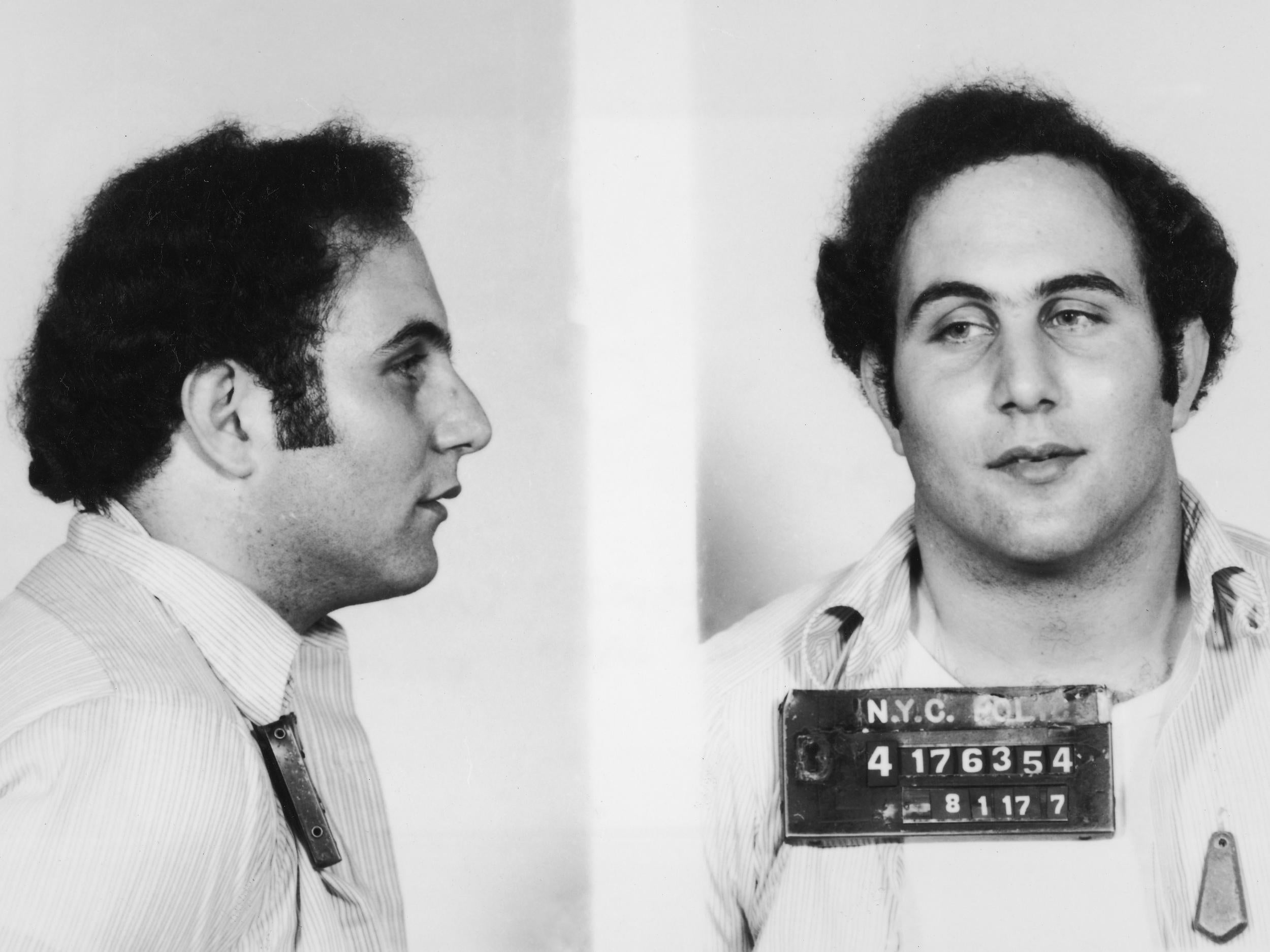
Solving the coldest of cases
The case could still be solved with modern forensic tools, but only if the evidence still exists, says the former cold case investigator.
“We don’t know if there’s actually DNA that was found,” Giacalone said. “You don’t take anything for granted – even though they said they found hair follicles or fingerprints and they said they submitted them, you resubmit everything.”
He described how his cold case team approached such investigations.
“We’d do an entire review of the case file, including all the crime scene photos,” he said. “Sometimes the clue was inside the file somewhere – a little piece of paper, what we used to call pocket litter. Sometimes what ended up on the cutting room floor was really important.”
In other words: the answer could already be hiding in the paperwork. But the retired sergeant also noted the difficulties.
“At this point, unless somebody, you know, makes a deathbed confession, it’s a long shot,” Giacalone said. “Or if somebody’s in jail for something else and realizes, hey, this case was never solved – maybe they can use it as a get-out-of-jail-free card. It’s still possible.”
The Independent has contacted the NYPD’s Cold Case Squad in Manhattan, who is handling the case, to ask about what evidence still exists, and if there have been any new leads in the case in the past 44 years.
A haunting legacy
Nearly half a century later, the murders of Sisman and Platzman remain one of New York’s most haunting unsolved crimes.
But you won’t find any mention of this dark history in the description of the third-floor apartment, which was listed for sale in August 2025 with a $6.5 million pricetag.
The duplex, which boasts 12 bedrooms, six baths and two half baths, hit the market “for the first time in generations,” according to the listing, which describes a home that “truly embodies the essence of ‘love where you live.’”
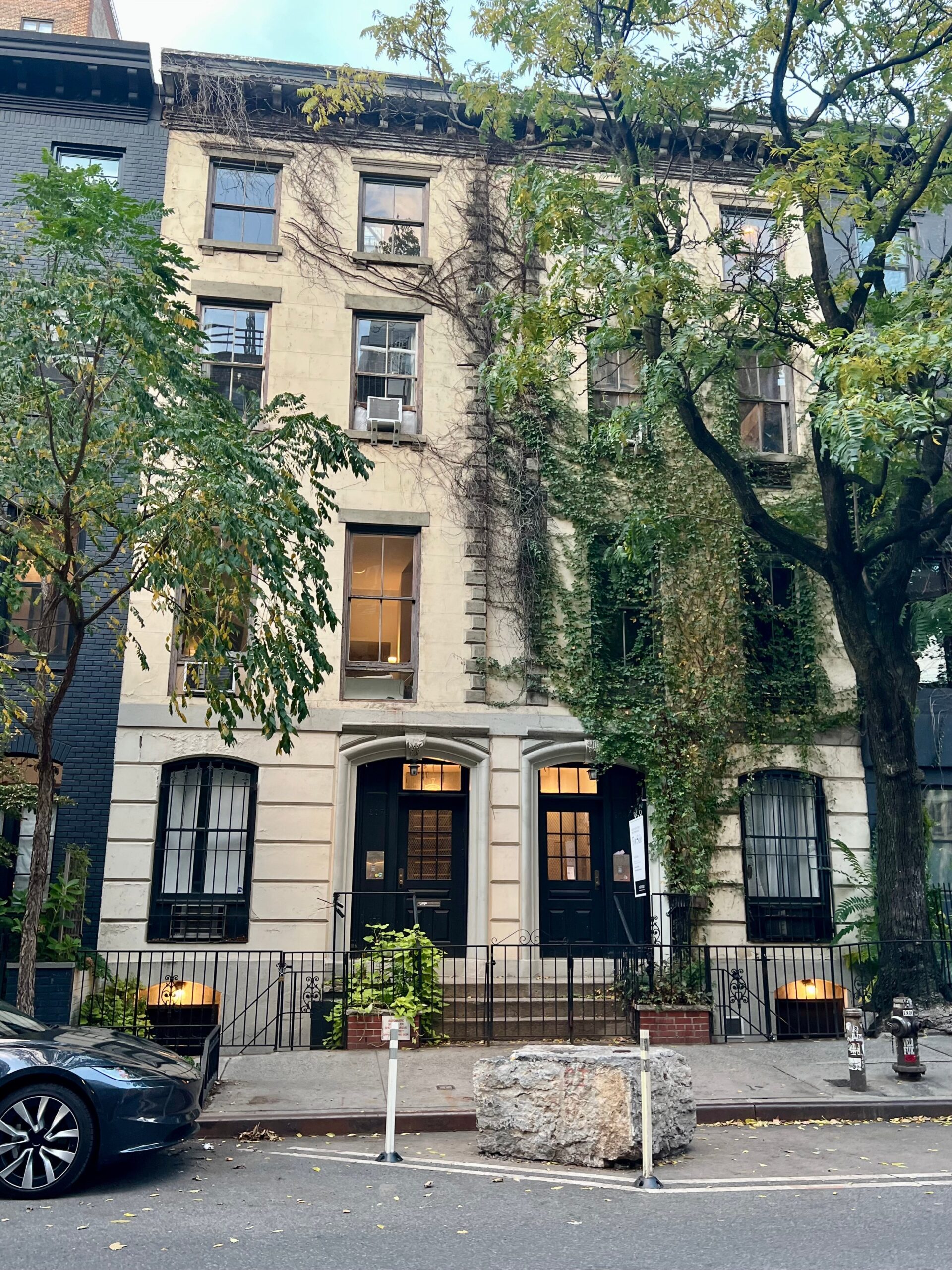
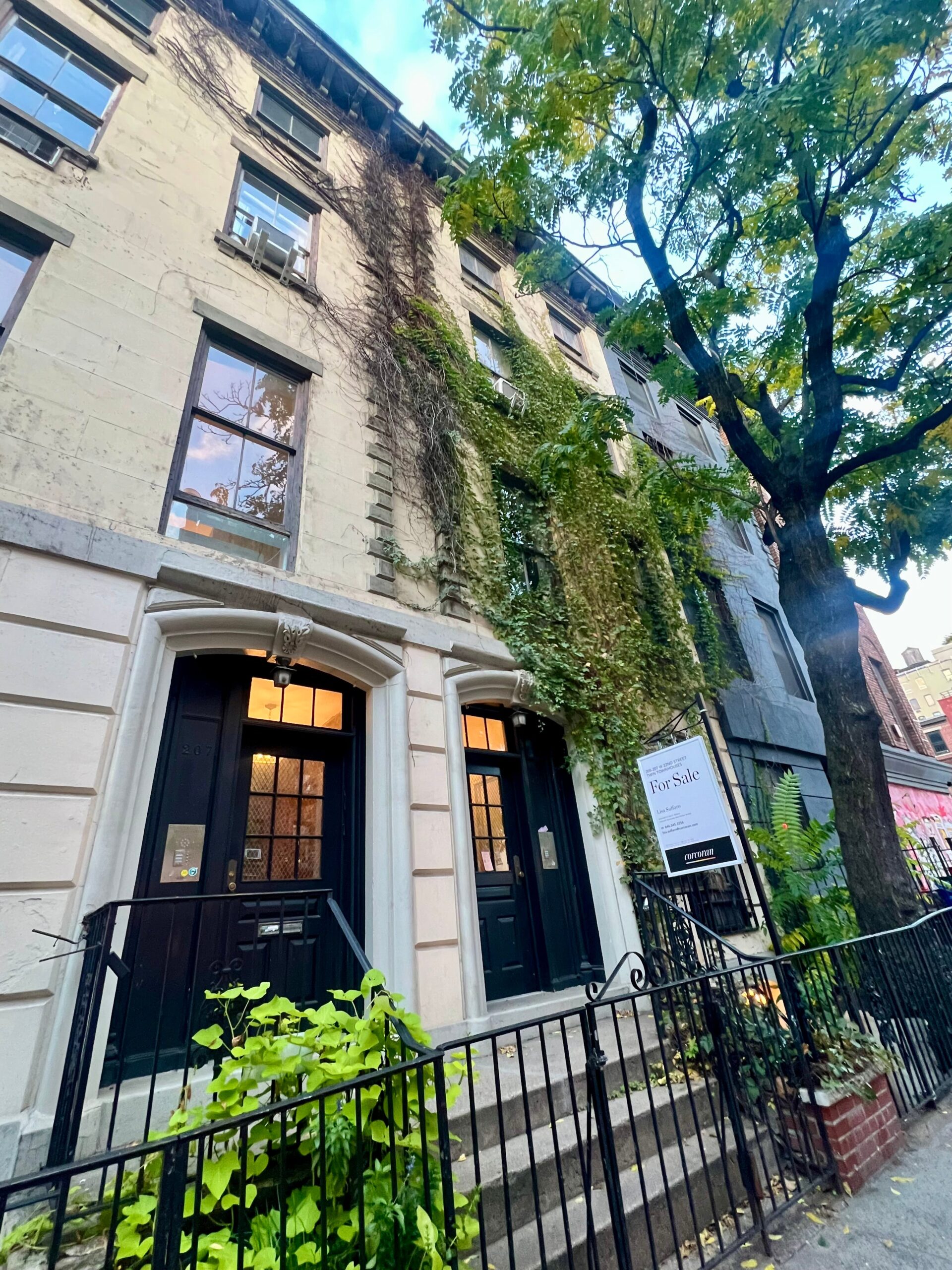
But for Giacalone, the double homicide is the kind of unsolved crime that lives on long after the headlines fade – and one that NYPD officers, and longtime New Yorkers, never completely forget.
“When you have a homicide in Manhattan, I mean, these are the kind of stories that linger on,” he said.
As years pass with no resolution, he says the public can play a vital role.
“In a case like this, if there’s no fingerprints, no DNA, or anything at the crime scene that could be retested, the only thing that could be used to solve this case is a confession – and at that point, I think you’re talking like a very fractional chance of solving it,” he said.
If someone has any sort of information about the case, even if it may seem insignificant, it may lead to a missing piece of the puzzle.
“What you’re hoping for is someone who was afraid to come forward with information, now it’s 40-some years later, they’re not so afraid anymore,” he explained. “That could lead to the answer we’ve been looking for.”
Anyone with information about the crime is encouraged to call Crime Stoppers at 1-800-577-TIPS.
